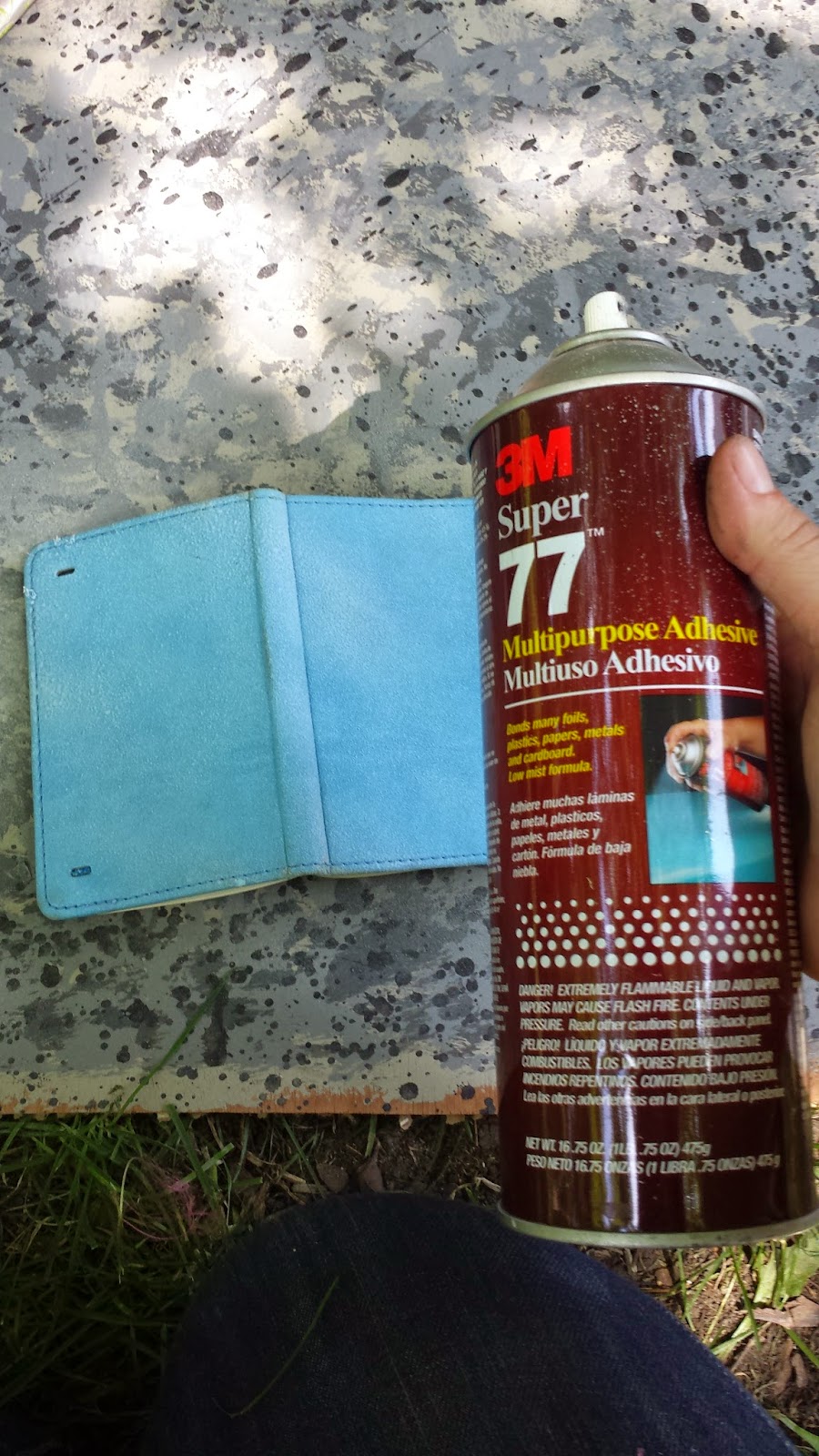The last time I did Always...Patsy Cline, I was able to get a wonderful Schlitz beer neon sign from a friend who is a beer distributor.
This time around I was hoping I could use the same tactic. Since this show wasn't in Chicago, I couldn't go through the same friend, but I figured I would just contact the distributors who service Door County Wisconsin to see if they would be willing to help (we have a bar on property at the theatre so there was already a bit of a relationship between the theatre and the distributing companies). I made several phone calls and was always able to talk to very helpful-sounding people who assured me that they would pass my message along to the correct person and that I would hear back from them soon. I would wait a couple days, not hear anything, and then call back again, with the same results. Eventually I decided that I wasn't going to be able to count on getting anything from these companies. We would take anything they were able to give us if they ended up coming through, but in the meantime we were going to explore making our own beer signs.
The two brands we knew we wanted were Lone Star (because it's a Texas beer) and Schlitz (because it is mentioned by name in the show).
For our first try, I found a Lone Star logo online and printed it out as large as I could, I used spray adhesive to attach it to a piece of tin sheeting, and then proceeded to paint over it, hoping to make the colors richer and get an enameled look. It looked okay, but had no dimension to it. Because of the solid layer of paper glued to the tin, it may as well have been a piece of posterboard.
Our first attempt at adding dimension involved cutting out a piece of lauan to match the sign. After cutting out the full piece, we cut again along the inside border, creating a sort of frame.
The hope was that we could place the tine sign over the lauan cutout and hammer along the edges of the border to create a raised edge.
Below is the result. It turned out to be very difficult to hold the tin in place over the frame, and very difficult to use a consistent, even swing with the hammer to create the look of a machine punched sign.
For attempt number 2, we decided that a fully dimensional sign wasn't really what we needed. Just a little bit of dimension and surface variation would probably work. We started over with a new piece of tin, this time with no paper under it. We discovered that a simple ballpoint pen was the perfect tool for creating enough pressure to leave a dent on the line, without risking punching a hole in the thin tin. To do this, we placed the tin on a sheet of foam, so that the pressure was against a softer surface and the tin was able to give way and create the dent we needed when we pressed down.Since this method doesn't work at all of the design is printed out on paper and applied (the pen just causes the paper to scratch and peel away in places) we needed another method for getting the logos onto the tin. Here is our intern Shannon carefully tracing the logos onto the tin pieces using an overhead projector.
Once the logo was traced in sharpie, the next step was to trace it again with the pen, pressing down hard to create the dents along all the lines.
Here is the Lone Star sign after pen tracing.
After the sign was traced and cut out, we started with paint. I had some difficulty painting the Lone Star Sign, because the paint didn't want to stick to the smooth tin. As I tried to add second and third coats of paint, I kept accidentally rubbing away the previous coats of paint with my brush.
Eventually, with a lot of patience, I was able to get three full coats of paint on the sign, and it looked pretty good.
Learning from the mistakes of the Lone Star sign, we did things a bit differently on the Schlitz sign. First, I made sure that all of the sharpie lines had been scrubbed off before painting started (I had quite a bit of trouble with the paint absorbing the ink and staining all the way through on the first round). I also had Shannon use some steel wool to roughen up the surface of the tin so the paint would adhere better, and added some sealer to the paints so that the layers of paint might glide on a bit more easily.
after both signs were finished, and sealed with several layers of spray shellac for shine, I came back with some rough brown rusty paint around the edges and in select other places on the signs to make them seem older and more beat up.
And finally, here they are on set, collaged with other beer signs, our sconces, photos of other musical acts from the time, and lots of snapshots, postcards and news clippings.
And with our production manager Sarah pointing out her wedding photo that had made it onto the wall :)



























































